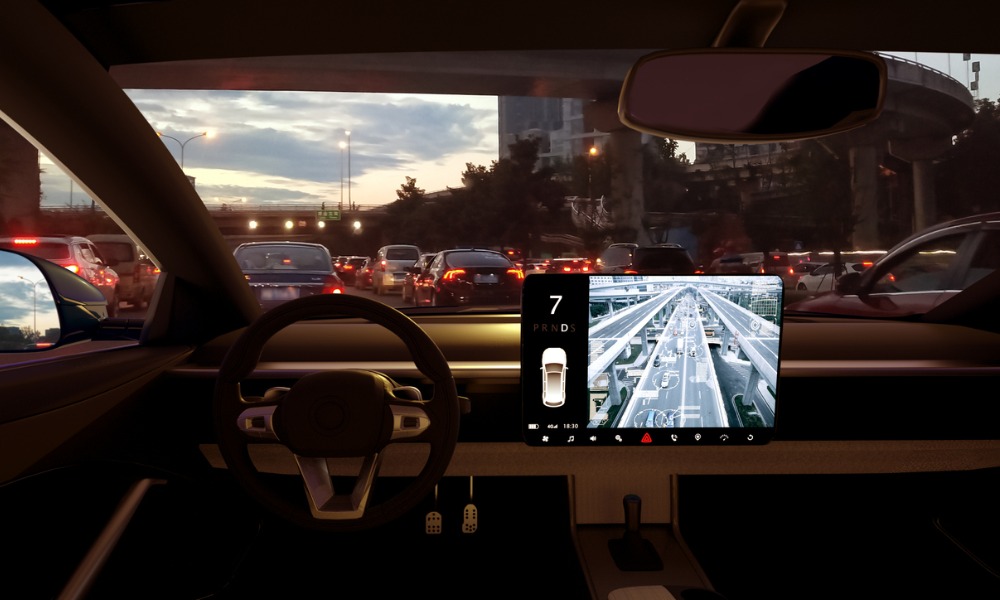More than 90 per cent of new cars have at least one advanced driver-assistance system feature

Vehicles with automated components are becoming more and more commonplace, so the American Society of Safety Professionals (ASSP) has released a new technical report to help employers manage their high-tech fleets.
“Not so long ago, automated vehicles seemed like science fiction, but the reality is that this technology has become increasingly common in helping drivers stay safe on the road,” said Kelly Nantel, chair of ASSP’s technical subcommittee that wrote the technical report.
The consensus-based document, ASSP TR-Z15.3-2019, Management Practices for the Safe Operation of Partially and Fully Automated Motor Vehicles, covers a wide range of areas, including vehicle acquisition, training, operation, maintenance and incident reporting.
“While the technical report can help any company safely incorporate automated vehicles into their fleets, it’s especially beneficial to those that don’t have expertise in this area and are looking for a blueprint to assist them,” Nantel said. “It’s just what a fleet safety professional needs as new policies and procedures are developed.”
More than 90 per cent of new cars sold in the United States have at least one advanced driver-assistance system (ADAS) feature such as adaptive cruise control, automatic parking and blind spot monitoring. Twenty auto manufacturers have committed to equipping all new passenger vehicles with automatic emergency braking by 2022.
“This type of technology holds incredible promise for its potential to prevent injuries and save lives, but plenty of work remains for the safe development and deployment of automated vehicles on a mass scale,” said Nantel, who also serves as vice president of communications and advocacy for the National Safety Council.
According to the report, employers should choose driving technology that can best assist their specific fleets. For example, if the vehicles are mostly in cities, pedestrian and cyclist collision warning systems would be helpful. If the vehicles are mostly on highways, lane departure warning systems are a good idea.
Another key element of the report calls for companies to train drivers on the capabilities and limitations of automated vehicles, using behind-the-wheel observation in real-world driving situations.
“It’s important for workers to know what their vehicle is capable of doing, and also what it doesn’t do,” Nantel said. “Every driver must remain alert and be prepared to take over driving operations because they are still their car’s best safety feature… We sadly have already seen fatal crashes in which drivers of partially automated vehicles did not heed warnings to take control of the wheel.”





